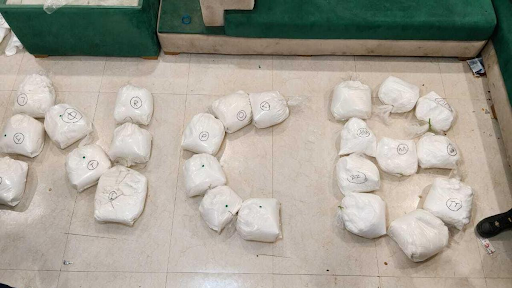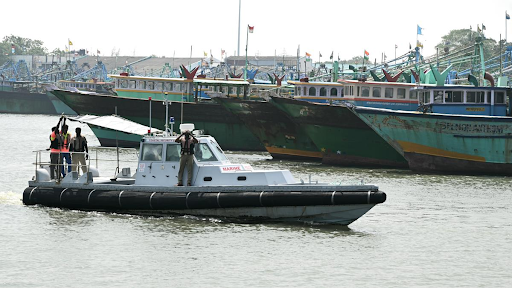Description
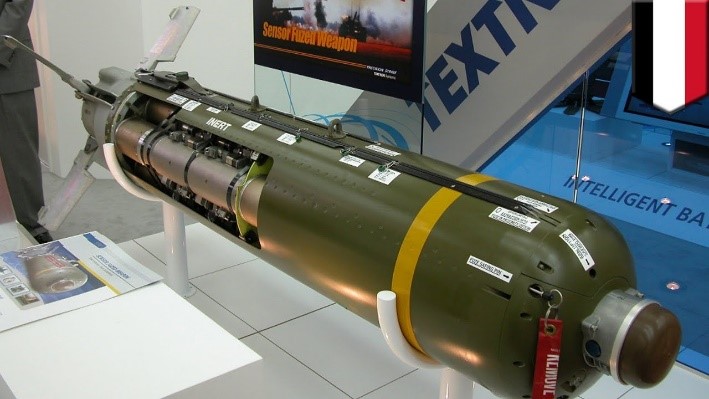
Disclaimer: Copyright infringement not intended.
Context
- US is planning to send controversial cluster munitions to Ukraine.
What is a Cluster Munition?
- Cluster munitions, also called cluster bombs, are canisters that carry tens to hundreds of smaller bomblets, also known as submunitions.
- The canisters can be dropped from aircraft, launched from missiles, or fired from artillery, naval guns or rocket launchers.
- The canisters break open at a prescribed height, depending upon the area of the intended target, and the bomblets inside spread out over that area. They are fused by a timer to explode closer to or on the ground, spreading shrapnel that is designed to kill troops or take out armored vehicles such as tanks.
- Cluster munitions contain multiple explosives that are released over an area up to the size of several football fields. They can be dropped from a plane or launched from the ground or sea.
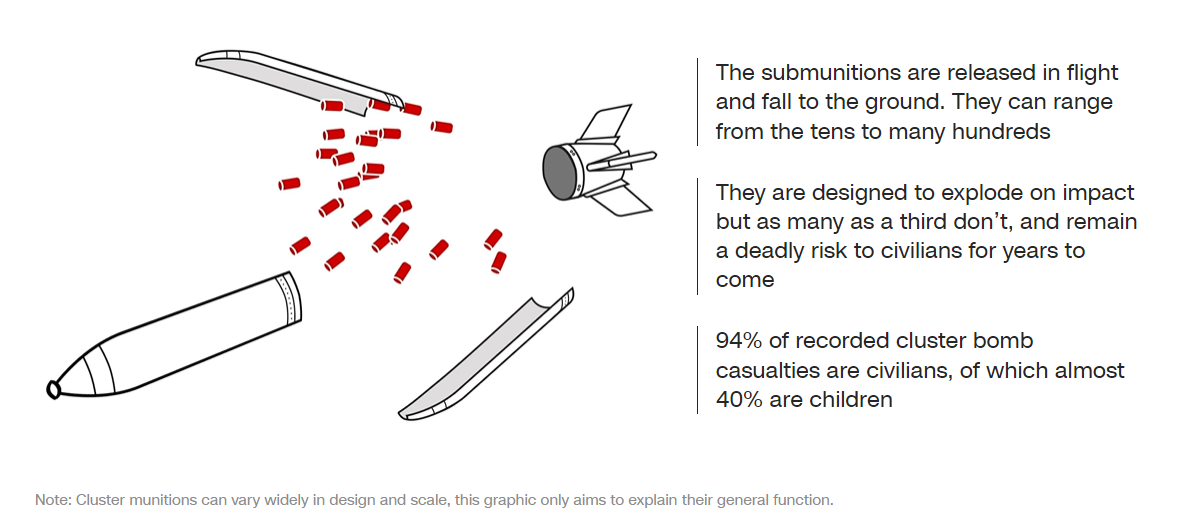
Definition under “Convention on Cluster Munitions”
- Under the Convention on Cluster Munitions, cluster munitions are defined and prohibited as a category of weapons.
- The definition of a cluster munition under Article 2 is "a conventional munition that is designed to disperse or release explosive submunitions each weighing less than 20 kilograms, and includes those explosive submunitions."
Why are cluster munitions more controversial than other bombs?
- As the bomblets fall over a wide area, they can endanger non-combatants.
- In addition, somewhere between 10% to 40% of the munitions fail, according to the International Committee of the Red Cross. The unexploded munitions can then be detonated by civilian activity years or even decades later.
- Cluster munitions remain one of the world’s most treacherous weapons.
- They kill and maim indiscriminately and cause widespread human suffering.
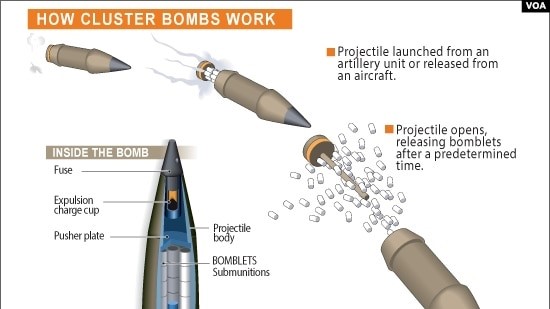
Convention on Cluster Munitions (CCM)
- Much of the world has banned the use of these weapons through the Convention on Cluster Munitions (CCM), which also prohibits the stockpiling, production and transfer of them.
- Though 123 nations have joined that convention, the United States, Ukraine, Russia and 71 other countries have not.
- Using the munitions to attack enemy troops or vehicles is not illegal under international law, but striking civilians with the weapons could amount to a war crime, according to Human Rights Watch.
Have cluster bombs been used in the war in Ukraine before?
- Yes, both the Ukrainians and the Russians have used cluster bombs since Moscow’s forces invaded in February 2022. More recently, Ukrainian forces have begun using Turkish-provided cluster munitions on the battlefield.
- But Ukrainian officials have been pushing the US to provide its cluster munitions since last year, arguing that they would provide more ammunition for Western-provided artillery and rocket systems, and help narrow Russia’s numerical superiority in artillery.
Where have cluster bombs been used before?
- Cluster weapons have been used as far back as World War II and in more than three dozen conflicts since, according to the Cluster Munition Coalition.
- The US last used the weapons in Iraq from 2003 to 2006, the coalition says.
- US forces began phasing them out in 2016 because of the danger they pose to civilians, according to a 2017 statement from US Central Command.
|
PRACTICE QUESTION
Q. Consider the following statements with reference to Cluster Munitions.
1. Unexploded cluster munitions can then be detonated by civilian activity years or even decades later.
2. The whole world has banned the use of cluster munitions through the Convention on Cluster Munitions (CCM).
3. Cluster munitions contain multiple explosives that can be dropped from a plane only.
4. Recently, Cluster Munitions were used in the Russia-Ukraine war.
Which of the above statements is/are incorrect?
(a) 1 and 3 only
(b) 2 and 3 only
(c) 3 and 4 only
(d) None of the above.
Correct Answer: (b) 2 and 3 only
|

https://www.bbc.com/news/world-us-canada-66134663









